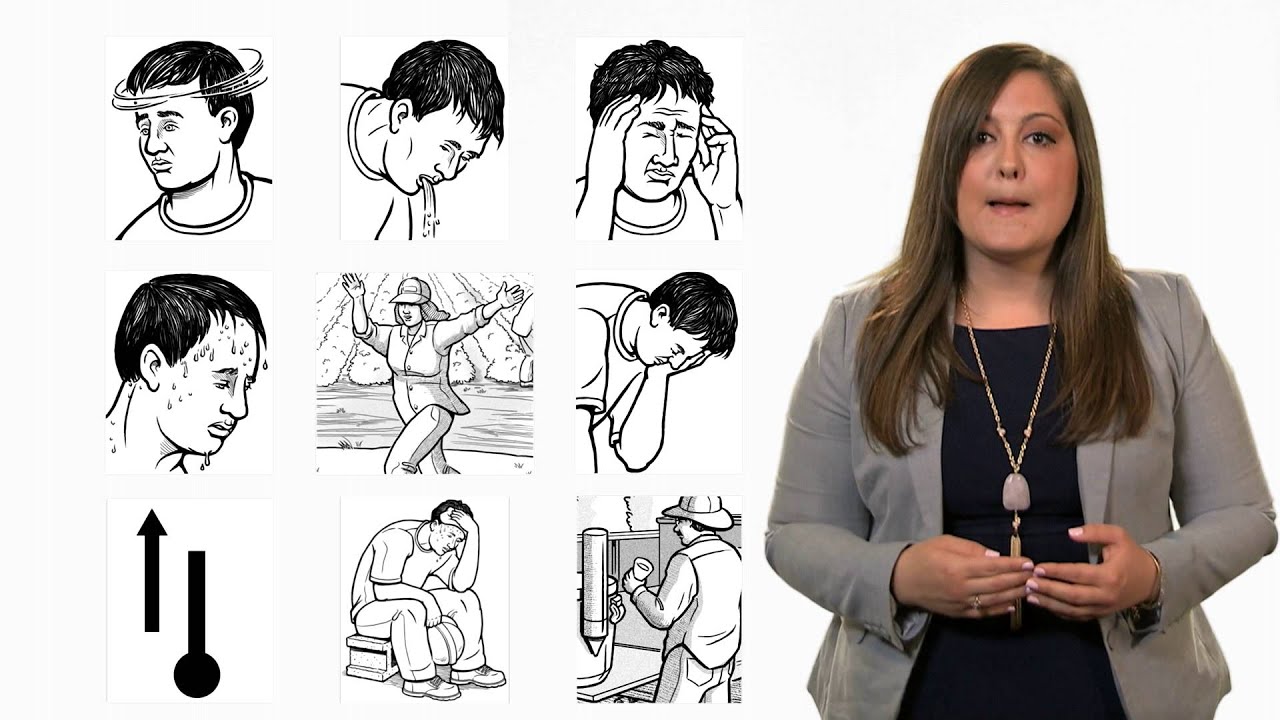How to Plan Your Annual Training Calendar
One of the ways EHS leaders create an effective employee training program is by simply planning their annual training calendar in advance. Taking the time to outline your objectives, determine what training is needed, and organize your efforts goes a long way toward improving your results. Plus, having a documented training strategy in place allows you to stick to your budget without any hiccups.
With that in mind, here are a few steps you can take to set yourself up for success all year long.
1. Identify required training
The first step in planning your annual training calendar is to identify required training. This includes training required by law, by contractual obligations, or by your company. Be sure to think about training for both new hires as well as existing employees.
Examples of required training might include:
- OSHA HAZWOPER training
- EPA Method 9 certification
- RCRA refresher
- SPCC training
- Emergency action plans
- Sexual harassment training
2. Determine additional training opportunities
After you’ve identified any required training, think about any additional training opportunities that can help promote a safe and compliant workplace.
Reviewing the past year’s incident trends is a good place to start. What root causes contributed to incidents last year? Are there any patterns in near-misses or other leading indicators? What types of training could you provide to help prevent these incidents from occurring? Incident investigations, JSAs, and employee observations are all useful sources of information.
You might also want to talk to your employees to find out what types of training are needed. Some questions to ask include:
- What types of training or topics would you like to see in the next 12 months?
- What would help you do your job more safely and effectively?
- Which learning formats work best for you?
Many employers choose to supplement their formal training with informal safety meetings or toolbox talks. These talks can focus on specific job-related hazards and concerns, or safety best practices.
3. Decide on a training format
Next, you’ll want to consider how each training will need to be delivered. In-person lectures, videos, on-the-job training, and self-paced online courses are just a few of the delivery methods available. Which format you choose will depend on the training topic and the resources you have available. It will also depend on whether the training is company-wide, or specific to only certain roles or individuals.
When thinking about training formats, you’ll want to consider who will provide the training. Will you need to schedule outside speakers or trainers? Can managers or employees from your company deliver some of the training? Will some training be delivered online, and if so, how?
4. Determine your budget
Meeting all your employee’s training needs without exceeding your budget can be a challenge. Having a clear idea of your required and recommended training needs will help you prioritize your budget so you can achieve the desired outcomes without breaking the bank.
As you plan your budget, remember to factor in direct and indirect costs like:
- Course delivery
- Training materials
- Staff time (including replacement time)
- Instructor fee (if applicable)
- Travel, lodging or meal expenses required to participate (if applicable)
5. Take inventory of your existing training materials
When it comes to training materials, you don’t need to reinvent the wheel. There’s a good chance you already have lots of content stashed away that could be put to better use.
Instead of spending a ton of time and money on something new, take stock of your existing training materials. What content is available? Can these be updated to meet your current needs? Don’t limit yourself to just training content. Videos, PowerPoint presentations, and Word documents can all be repurposed into something new.
Once you’ve gone through your existing materials, you may find that there are still some gaps. In that case, it’s worth taking a look online to see if there are any free training materials that meet your needs.
Some good sources for free training materials include:

A screenshot from OSHA’s free heat illness prevention training video (Source: OSHA)
6. Review your training management system
Finally, now is a good time to review your training management system. You will need to have a system in place to document training activities, view specific assignments and status, and ensure that employees have completed assigned training.
Ideally, your organization should also be capable of tracking the effectiveness of your training programs in conjunction with specific organizational issues. This will help you identify the areas where you need additional training.
If you can’t easily see this information without jumping between spreadsheets or folders, it may be time to update your training management system.
Your takeaway
By putting in a bit of time and planning now, you’ll be able to maximize your results, lower your costs, and reduce your workload all year long. To learn more about Lisam’s Training tracking solutions, request a demo today.
Note: This article was originally published in February 2019 and has been updated for freshness, accuracy, and comprehensiveness.
